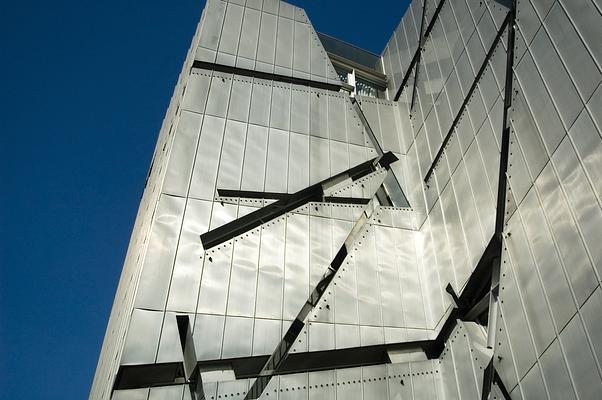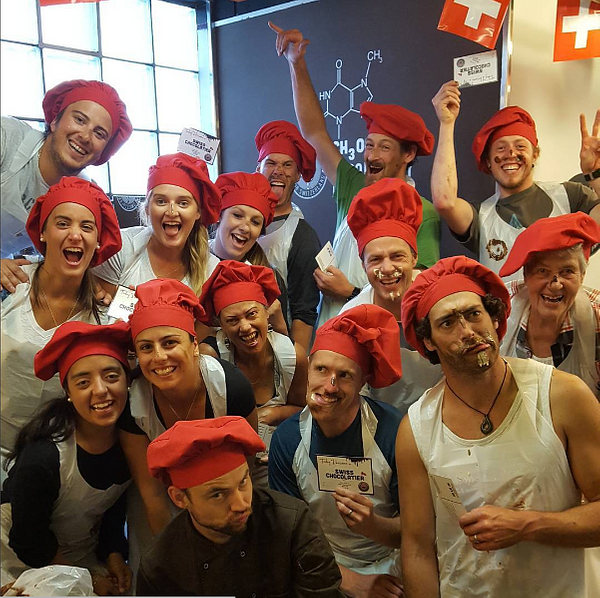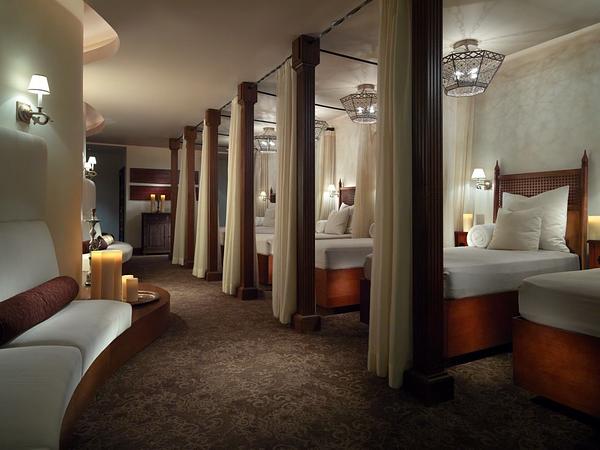Berlin's top attractions, according to the experts
2017 Experts’ Choice winners for the best things to see and do in the German capital.
Fascinating history, timeless art, cutting-edge design, palatial monuments, and stunning green spaces - Berlin has it all, not to mention a laid-back vibe and a stellar public transportation system that makes it easy to explore the city’s highlights. As it can be difficult to choose from all the fantastic attractions in the German capital, we’ve chosen 15 of the very best for our Experts’ Choice Awards, based on professional reviews in major travel guides, magazines, newspapers, and other respected publications.
Chronicling the history of Germany’s Jewish population from the Middle Ages to the present day, Europe’s largest Jewish Museum is a moving memorial the Holocaust and a celebration of culture. Each of the structures in the museum complex - the Libeskind building, the glass-enclosed courtyard, the Blumenthal Academy - tells a fascinating story and serves as a thoughtful backdrop for the exhibits.

Taking its name from the 2000-year-old altar that serves as its centerpiece, the Pergamon Museum houses a mind-boggling collection of treasures from the ancient world. Unfortunately, the Pergamon Altar is undergoing renovations until 2019, but you can still see the Ishtar Gate from Babylon, the Roman Market Gate of Miletus, and the Caliph's Palace of Mshatta. Be sure to set aside at least two hours for a visit.

Crowned by architect Sir Norman Foster’s now-iconic transparent dome, the Reichstag became an important symbol of the new Germany following reunification in 1990. Besides the World War II-era graffiti from Russian soldiers and a history exhibit in German and English, the highlight here is the climb on the gently rising ramp inside Foster’s dome, where you can enjoy views of the city outside and the chambers of parliament below.

Within three months after the Berlin Wall came down, artists from all over the world transformed this bleak border wall into a colorful collection of murals that helped usher in a new era. Running along the Spree River and ending at the Oberbaum Bridge (a photogenic architectural monument in itself), the gallery includes highlights like Russian artist Dmitri Vrubel’s rendition of the fateful kiss between Brezhnev and Honecker (the former leader of East Germany).

Over the centuries, Brandenburg Gate has gone through a series of dramatic transitions, from an emblem of Prussian military prowess (in the 18th century) to a desolate monument in no man’s land (during the Wall era) to the premier symbol of German unity (present day). Straddling what was once the border between Berlin’s eastern and western sectors, it’s a neo-classical landmark at the heart of the city and its history.

Built in the 1600s by the Prussian king Friedrich I as a summer retreat for his wife, Sophie-Charlotte, this lavish baroque palace has a decent museum where you can admire the royals’ (reconstructed) living quarters and old-school art collection. The real draw here, though, are the beautifully-landscaped public gardens bordering the palace, where you’ll find lakes, fountains, forested paths, and lots of romantic spots for a picnic or a pause.

Spread over several city blocks in the city center near Brandenburg Gate, the Holocaust Memorial (formerly referred to at the Memorial to the Murdered Jews of Europe) is an austere but powerful monument to one of history’s greatest tragedies. Its maze of 2,711 concrete slabs resembles a stark graveyard and inspires contemplation. If you’re looking for context, there are four large rooms underneath the memorial with exhibits documenting the atrocities of the Nazi regime.

Besides a museum and research center documenting east Berliners’ spectacular escapes to the west, the Berlin Wall Memorial includes a reconstructed section of the Berlin Wall, complete with a watchtower and a (deactivated) landmine zone. The Wall and the multimedia exhibits provide a vivid - and chilling - glimpse of everyday life in the divided city.

Berlin may not be the most beautiful capital in Europe, but its UNESCO World Heritage Museum Island is one of the most picturesque spots in the city. An island located on one of Berlin’s two original settlements, it’s now the site of five major museums -- Alte Nationalgalerie, the Altes Museum (Old Museum), the Bode-Museum, the Pergamonmuseum, and the the Neues Museum (New Museum) -- as well as museum cafes and plenty of great spots for photos.

Deliberately preserved in its bombed-out state, this 19th-century era church serves as an anti-war monument and a sober reminder of the destruction of World War II. Located on Kurfürstendamm (an iconic avenue on the west side of the city), it’s one of Berlin’s most important symbols. Be sure to visit the new church next door, whose blue stained-glass windows were made in Chartres.

This is Berlin’s most beautiful square, with twin baroque-era churches at either end and star architect Friedrich Schinkel’s neo-classical concert house (Konzerthaus am Gendarmenmarkt) in the middle. Many of the city’s classiest restaurants border the square, which is also the setting for one of Berlin’s most popular Christmas markets in winter.

Advertising entrepreneur Christian Boros has assembled an impressive contemporary art collection in an equally impressive setting: a World War II bunker in the central district of Mitte. Open by appointment only, the collection spans 80 rooms and features work from luminaries like Ai Weiwei, Wolfgang Tillmans, and Olafur Eliasson.

Situated in the geographical center of the city, Berlin’s largest park is a perfect place to take a break from the metropolitan hustle and bustle. Spread over 630 acres, it boasts two beer gardens, 14 miles of walking trails, bike paths, public art, large-scale monuments like the Soviet War Memorial, and plenty of places to nap or picnic in the shade.



